Located in the heart of Patna, the Bihar Museum was inaugurated in 2015. It intended to create an engaging and appropriately scaled response to a prominent site—an ambitious and multi-faceted museum program. Supplementing the old Patna Museum (built in the late-1920s) with 24,000 sq. metres of new space, the Bihar Museum houses a rich variety of treasures from the region. It also has event and education spaces, which nurture a newfound sense of pride and connection to Bihar’s glorious history. The museum was designed by a Japanese firm called Maki and Associates, along with Mumbai-based Opolis Architects.
The permanent exhibitions in the Bihar Museum are showcased via four distinct yet interrelated exhibition areas. They are distinct because each area has its own communication tools, learning objectives, and display characteristics. But together they all respond to and express the museum's mission. The four exhibition areas are:
- Orientation Gallery
- History Galleries (A, B, and C)
- Art Gallery (Historical Art Gallery, Regional, and Contemporary Art Gallery)
- Special Gallery (Bihari Diaspora Display, Visible Storage [Terracotta and Coins], Children's Gallery, and Temporary Exhibition Gallery).
The Bihar Museum’s collection comprises of art objects (stone and bronze sculptures, miniature paintings, and thangkas), prehistoric objects, anthropological artefacts, and social history objects. The permanent collection galleries of the Bihar Museum have two basic components—the history galleries and the art gallery. The museum’s collection of artefacts and artworks on exhibit tell the story of Pataliputra and Bihar from ancient times to the 18th century. Some of the highlights of the museum include world-famous Didarganj Yakshi statue, a gallery dedicated to Mauryas, Nandas, Shaishunaga Dynasty, and the Indus Valley Civilisation.
25.607746095787, 85.120224952698
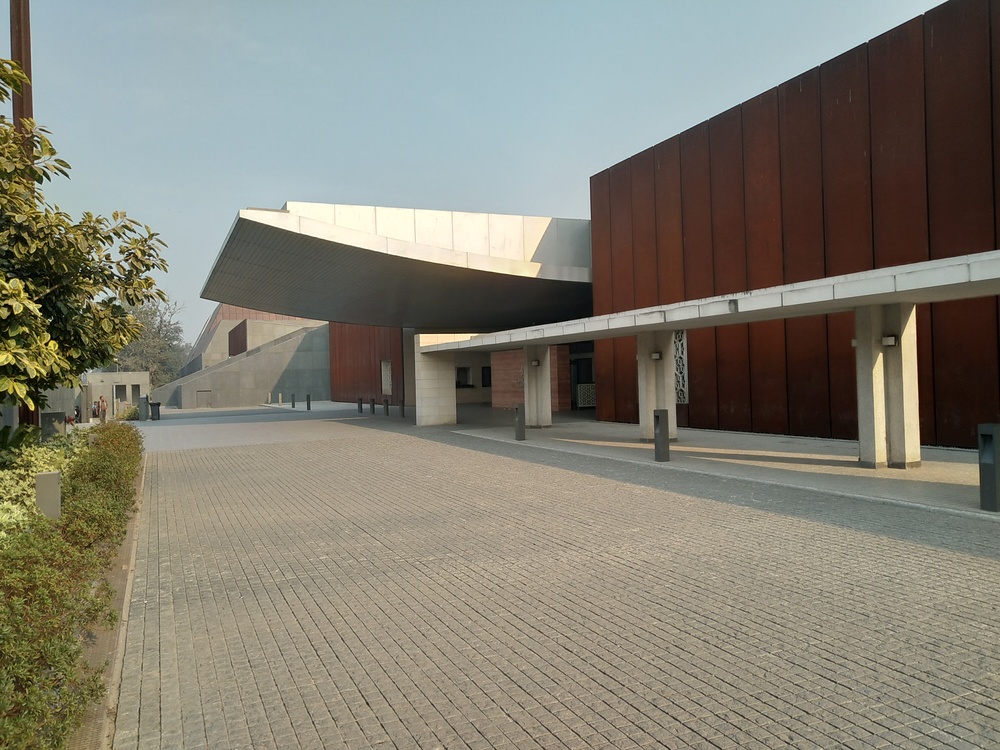
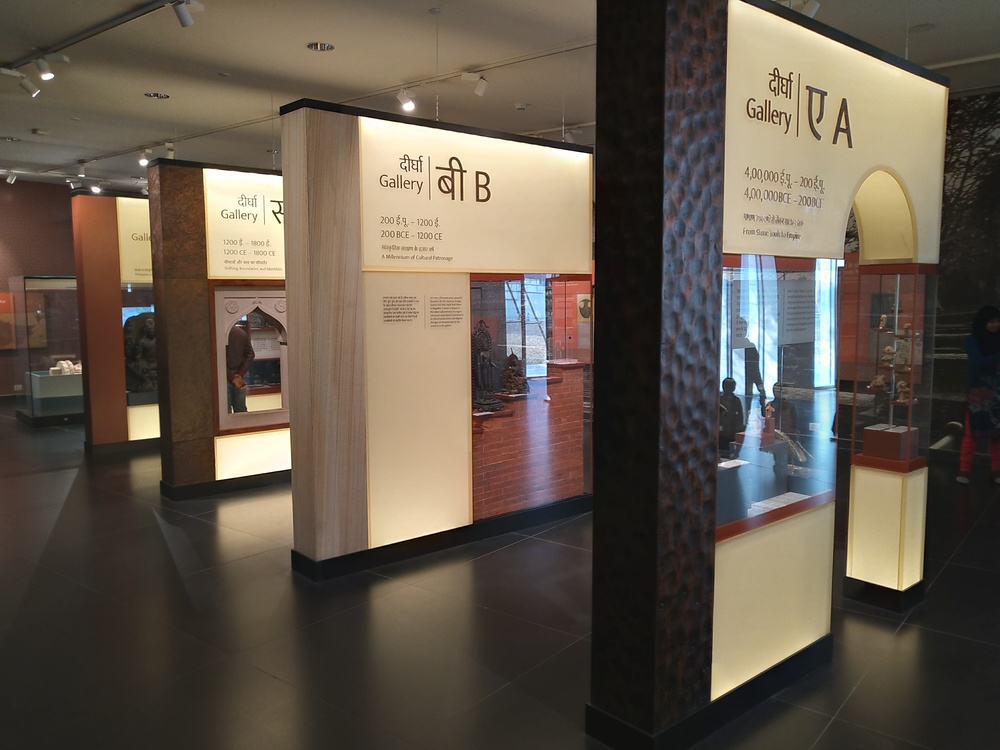
This gallery gives the tourists an idea of what the museum offers. The models at display explain in brief everything about the various galleries. The room also has a theatre which shows a short documentary on the history of Bihar.
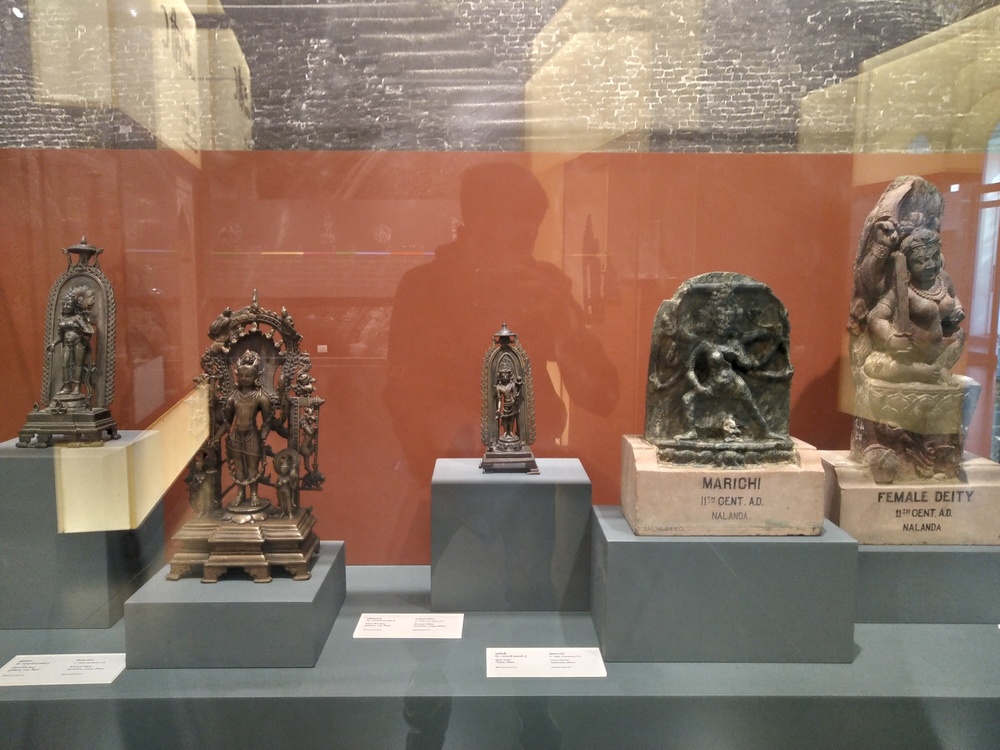
Artefacts that were recovered from Nalanda, Bihar and date back to the 11th century AD. The artefacts on display are made of stone and brass.
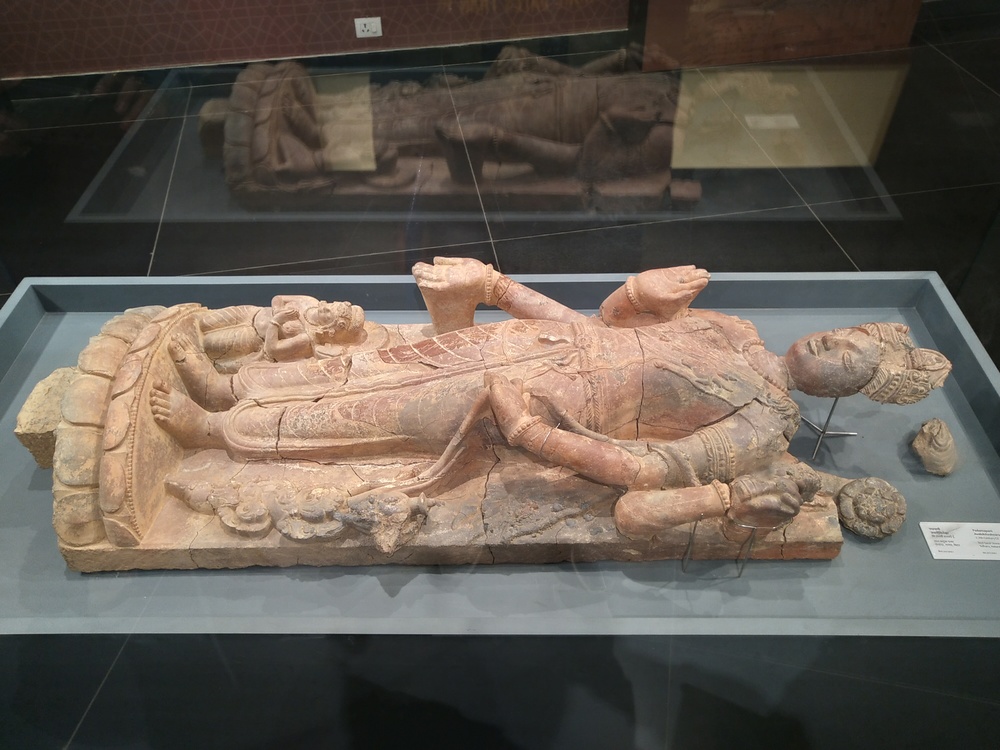
Padampani Avalokiteshvara is a bodhisattva who personifies the compassion of all Buddhas. This red sandstone sculpture dates back to 7th Century CE. It was recovered from Nalanda, Bihar.
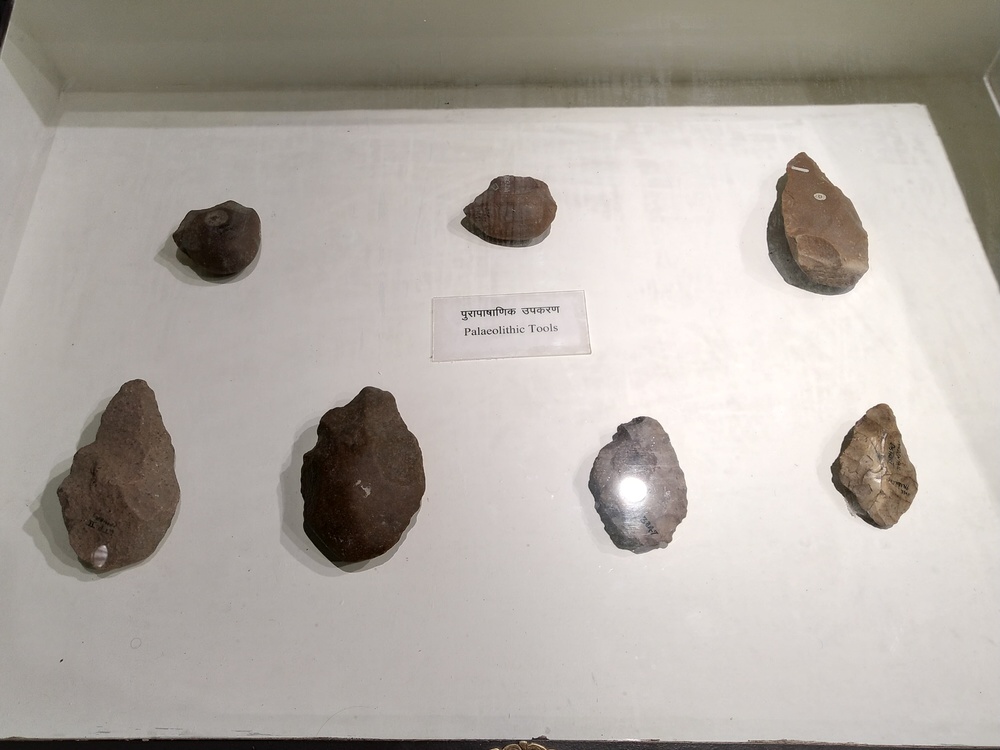
The Palaeolithic Tools were first produced by early palaeolithic hominini known as Australopithecus. These tools were initially used for chopping but over the period of time they were refined and made sharper to serve the purpose of hunting.
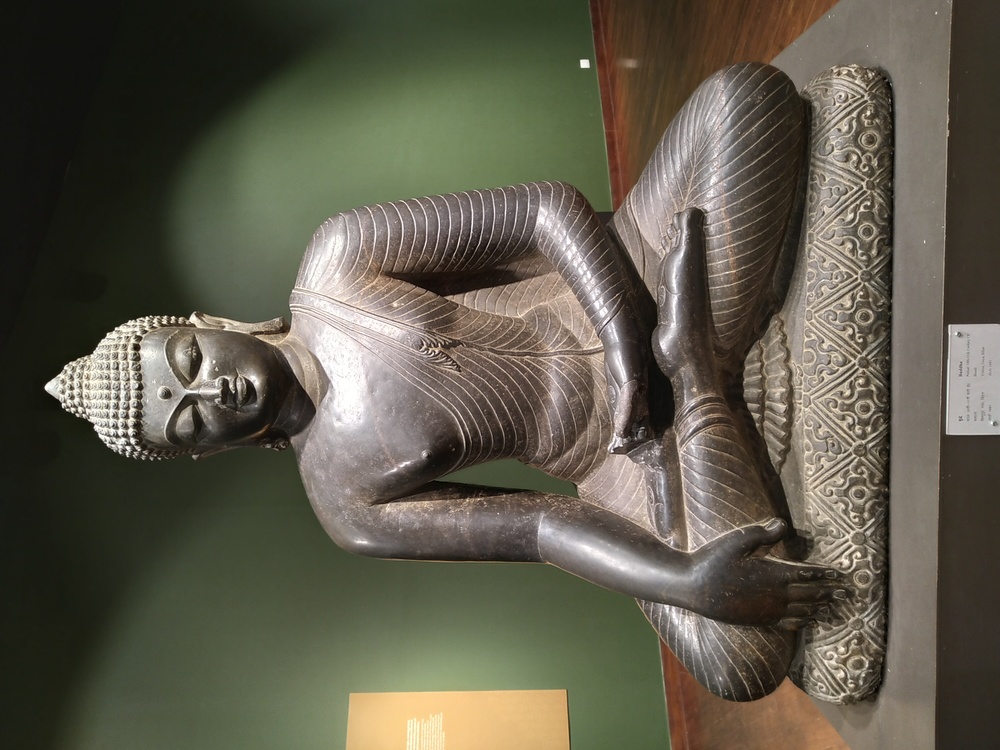
This artefact belongs to the 11th century CE and was recovered from Gaya, Bihar
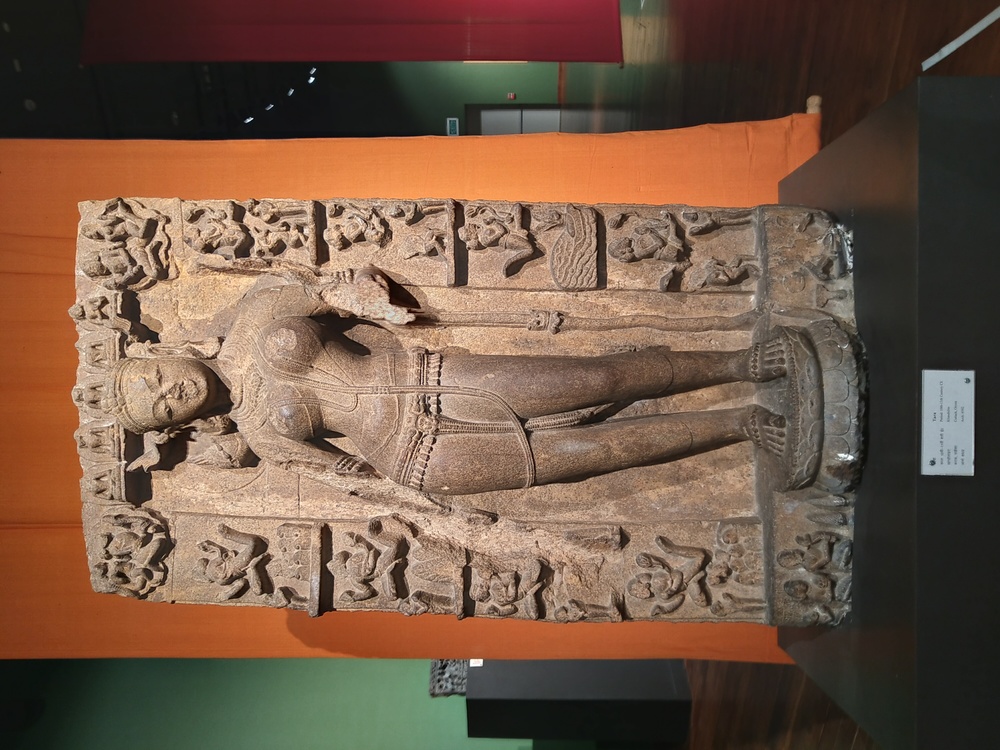
This artefact belongs to the 11th Century CE and was recovered from Cuttack, Odisha.
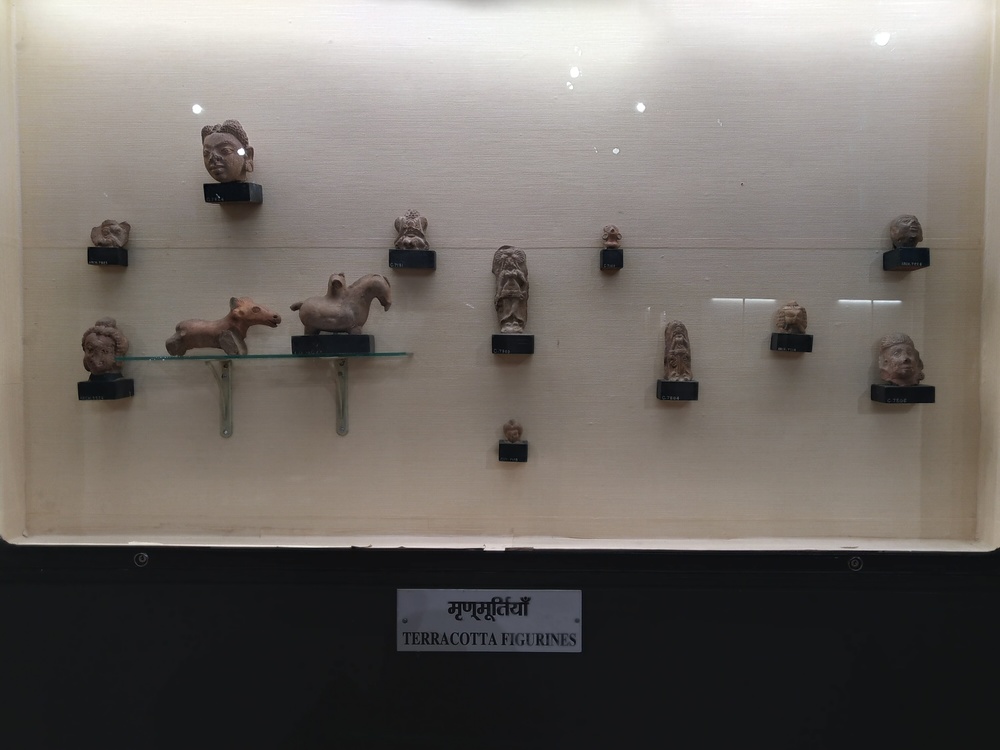
Stone and terracotta figurines belonging to Mauryan Period dating back to 4th BC–2nd century AD. The Mauryan Art represented a transition from the use of wood in the Indian art form to stone. Mauryan Art was divided into two categories: court art and popular art. The figurines at display fall into the latter category.
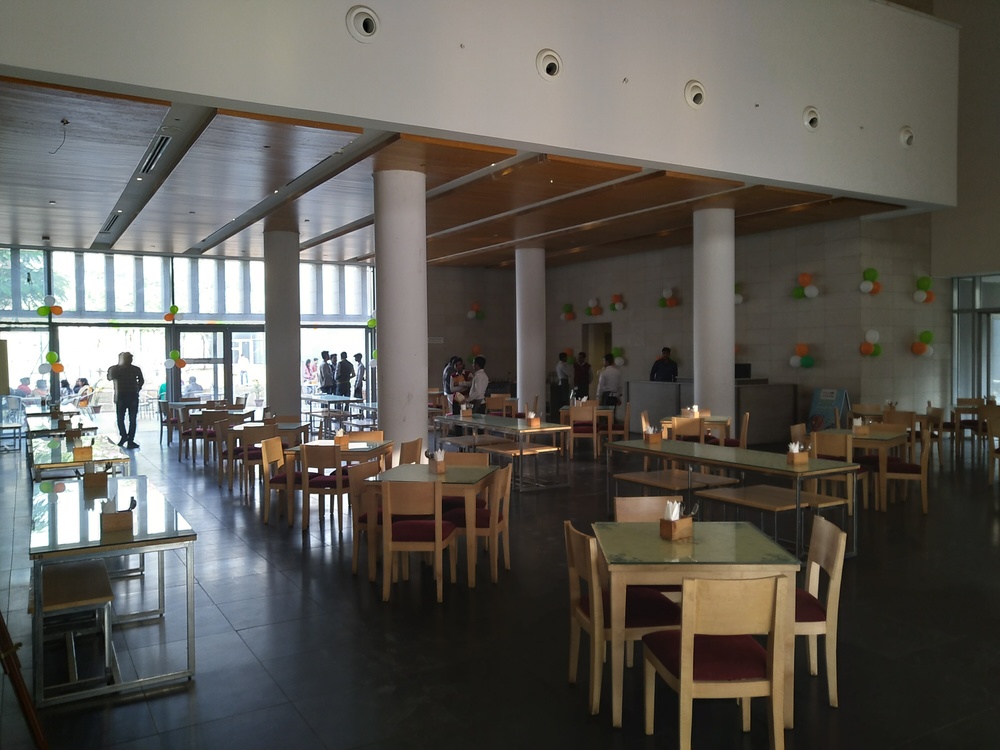
The museum also has the cafeteria facility named Potbelly. It has both indoor and outdoor seating spaces. One must try their Maach Goli, a popular choice among people.
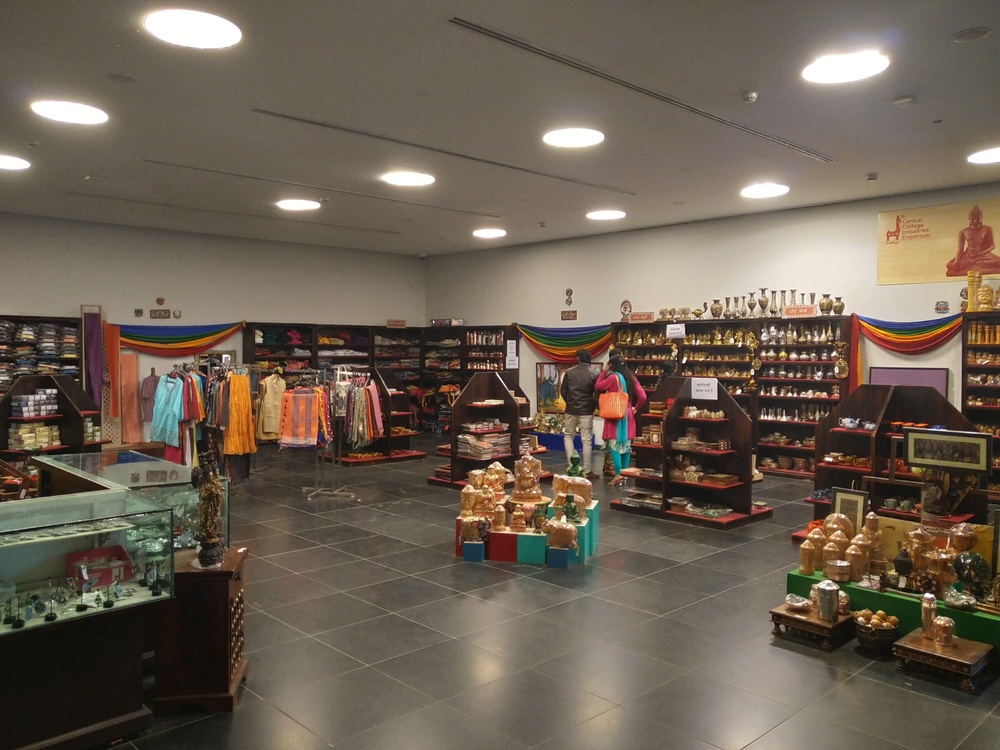
The museum has its own shop as well. One can find a wide variety of products here like Khadi clothes, decorative items, fragrance sticks, and jewellery, etc.
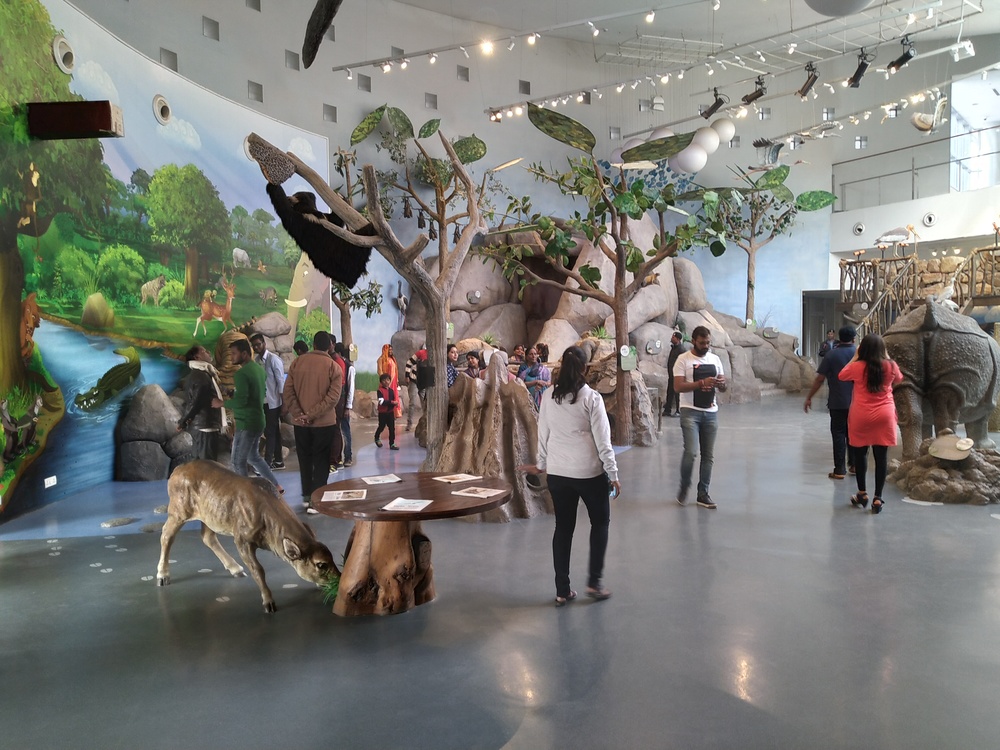
This gallery is specially dedicated to the kids. It has life size models of various animals that are found in Bihar.
Children: INR 50 /-
Foreigners: INR 500/-
